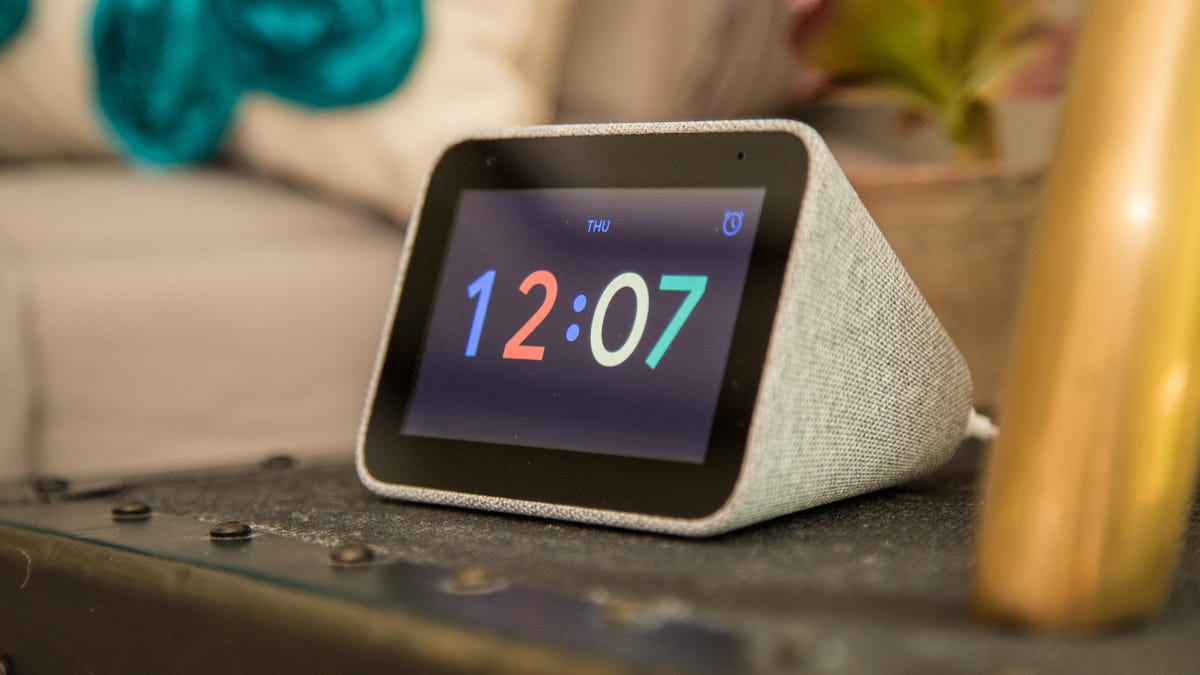With fall upon us and Halloween done and dusted for 2024, it’s time to turn back our clocks. Get ready for darker afternoons and colder mornings — the annual end of daylight saving time is here.
Standard time returns in autumn, when clocks are turned back an hour — earning it the punny seasonal motto “fall back.” It can be discombobulating, as people across most of the country shift clocks and try to adjust to a new schedule. Here’s what you need to know about the fall time change.
When does daylight saving time end?
In the US, DST ends on the first Sunday of November at 2 a.m. local time. For 2024, that lands tomorrow, Nov. 3. Put a reminder on your calendar to change over any clocks that don’t automatically make the switch. Many people find it helpful to change clocks right before bed rather than the next morning.
It’s a little different across the world — in the UK, daylight saving time ended last weekend, Oct. 27. And Down Under, where it’s now spring, daylight saving time began a whole month ago, with the clocks going forward an hour on Oct. 6 throughout much of Australia.
Here’s a handy list of other countries that observe DST, and when it ends and begins in 2024.
When will daylight saving time return?
Already sick of the early darkness? The longest nights reach their peak on Dec. 21, the winter solstice. After that, it’ll start getting gradually lighter each afternoon until daylight saving time finally comes back to the US on March 9, 2025.
Daylight saving returns to the UK on March 30 and ends for those areas in Australia that observe it on April 6.
Standard time vs. daylight saving time
The Time.gov website shows official US time and where the time zone boundaries are located.
The standardization of time in the US has a long and complicated history. The growth of railroads in America triggered the creation of time zones in 1883. DST was formally introduced in 1918, but it went in and out of favor and was applied inconsistently across the country until the arrival of the Uniform Time Act in 1966. “Motivated by transportation improvements, this act mandated standard time within the existing time zones and established a permanent system of uniform DST, including the dates and times for twice yearly transitions,” the Bureau of Transportation Statistics said in a history of time zones.
See also: Does Daylight Saving Time Help With Energy Bills?
Arizona (with the exception of the Navajo Nation) and Hawaii stay on standard time year round. The rest of the country has to deal with the impact of biannual clock changes. It’s not just sleep schedules that can suffer. There are many ways the changeover to DST affects your health.
The specific dates for DST and standard time can shift with each year. Daylight saving time starts on the second Sunday of March and ends on the first Sunday of November. The National Institute of Standards and Technology crunched the numbers and reports that DST is in effect for 238 days, or about 65% of the year. That might make DST seem more standard than standard time, but we’re stuck with the historical terminology.
Will we ever get rid of time changes?
Time changes are controversial. Many people struggle to make the transition, especially when an hour disappears in the spring with daylight saving time. Here are some ways to restore your rest after losing an hour of sleep. Proponents of DST say it saves energy in the warmer months and provides longer “usable” daylight hours for outdoor activities. The American Academy of Sleep Medicine, however, has called for year-round standard time to best align with human circadian biology.
Politicians have made efforts to put an end to time changes nationally, but nothing has made it into law yet, and there’s a debate as to whether daylight saving time or standard time would be better. The US Senate passed the Sunshine Protection Act — a bipartisan bill that would make daylight saving time permanent — in 2022, but that’s as far as it went. “This ritual of changing time twice a year is stupid,” Sen. Marco Rubio, a co-sponsor of the bill, said in 2023. Rubio continues to push for the legislation, but it shows no signs of moving forward in 2024.
Dealing with the fall time change
The “fall back” time change is usually seen as the good one because it seems like you’re getting an extra hour of sleep. That only works if you’re able to ignore your usual wake-up time and sleep in on Sunday.
Check out these tips for combating fatigue after a time change. Building good sleep habits shouldn’t be reserved for time changes. Work on having a healthy sleep routine year-round and those pesky clock switches won’t drag you down so much. Unless Congress gets into gear, we’re stuck with spring forward and fall back for the foreseeable future.
